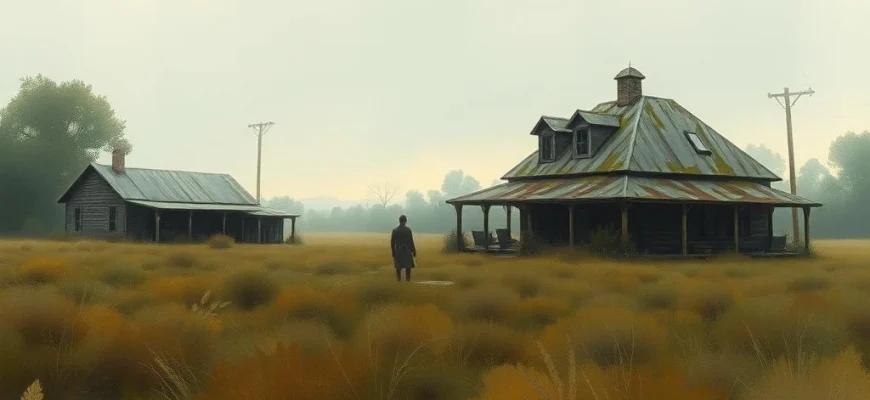If you were captivated by the haunting atmosphere and emotional depth of 'The Ballad of the Sad Cafe' (1991), you'll love these 10 similar movies and shows. This article explores films and series that share its themes of isolation, unrequited love, and Southern Gothic storytelling, perfect for fans of melancholic yet beautifully crafted narratives.
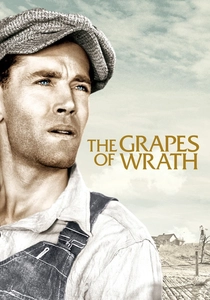
The Grapes of Wrath (1940)
Description: A powerful Depression-era drama about displaced families struggling to maintain dignity and hope while facing economic hardship and social injustice.
Fact: John Ford shot many scenes using actual Dust Bowl migrants as extras. The film was controversial for its sympathetic portrayal of labor organizing.
 Watch Now
Watch Now 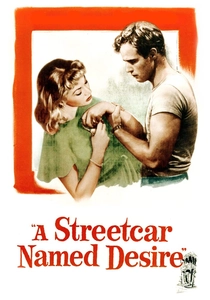
A Streetcar Named Desire (1951)
Description: A raw exploration of mental fragility, sexual tension, and class conflict set in the steamy atmosphere of New Orleans, featuring intense character dynamics.
Fact: The film's original ending was changed due to censorship concerns. Vivien Leigh actually fainted during one of the particularly violent scenes.
 Watch Now
Watch Now 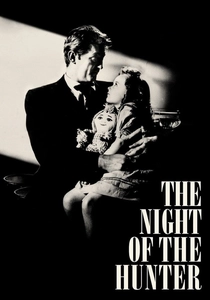
The Night of the Hunter (1955)
Description: A haunting Southern Gothic tale that explores themes of good versus evil, religious hypocrisy, and the vulnerability of children, set against a rural backdrop.
Fact: This was the only film directed by actor Charles Laughton. The film's striking visual style was inspired by German Expressionism.
 Watch Now
Watch Now 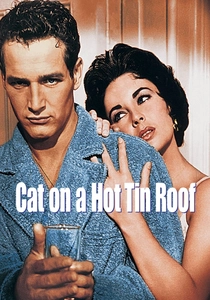
Cat on a Hot Tin Roof (1958)
Description: A tense family drama exploring themes of mendacity, unfulfilled desires, and the complexities of Southern aristocracy, with emotionally charged performances.
Fact: Elizabeth Taylor's contract specified she would wear no undergarments in the film. The play's homosexual themes were significantly toned down for the film adaptation.
 Watch Now
Watch Now 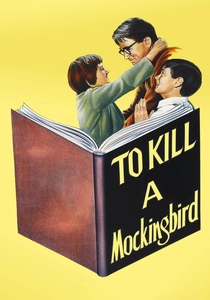
To Kill a Mockingbird (1962)
Description: A poignant story of racial injustice and moral growth in a small Southern town, told through the eyes of a child with a strong sense of place and community.
Fact: Gregory Peck considered his role as Atticus Finch his favorite performance. The film's courtroom scenes were studied in law schools for their accuracy.
 Watch Now
Watch Now 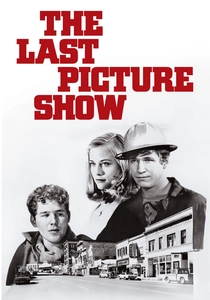
The Last Picture Show (1971)
Description: A melancholic coming-of-age story set in a dying Texas town, capturing the loneliness and quiet desperation of small-town life in beautiful black-and-white cinematography.
Fact: The film was shot in the actual Texas town where the novel's author grew up. Several cast members were locals with no prior acting experience.
 Watch Now
Watch Now 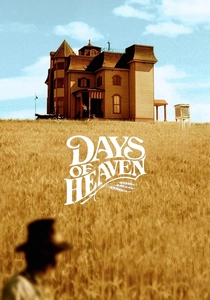
Days of Heaven (1978)
Description: A visually stunning poetic drama about migrant workers and romantic entanglements, with a strong sense of place and natural beauty contrasting with human drama.
Fact: Much of the film was shot during 'magic hour' - the brief period at sunset. The locust plague scene used real grasshoppers collected from a Texas field.
 Watch Now
Watch Now 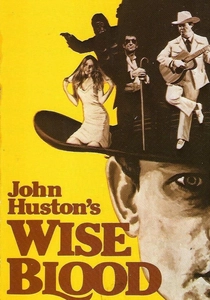
Wise Blood (1979)
Description: A darkly comic exploration of religious fanaticism and personal redemption in the American South, featuring eccentric characters and a surreal atmosphere.
Fact: Based on Flannery O'Connor's novel, the film was shot on location in Georgia. The production faced numerous challenges due to its unconventional subject matter.
 Watch Now
Watch Now 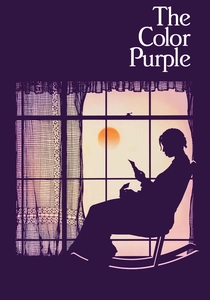
The Color Purple (1985)
Description: An emotionally powerful story of African American women's resilience and self-discovery in the early 20th century South, with themes of abuse and empowerment.
Fact: Oprah Winfrey made her film debut in this movie. The production built an entire rural Georgia town for filming that was later donated to a local college.
 Watch Now
Watch Now 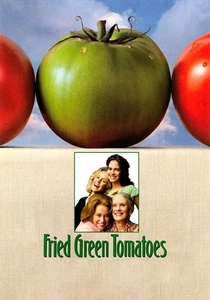
Fried Green Tomatoes (1991)
Description: A heartwarming yet bittersweet tale of female friendship and Southern life, alternating between past and present narratives with strong emotional resonance.
Fact: The Whistle Stop Cafe set became a real restaurant after filming. The film's title refers to a Depression-era dish made from unripe tomatoes.
 Watch Now
Watch Now 
